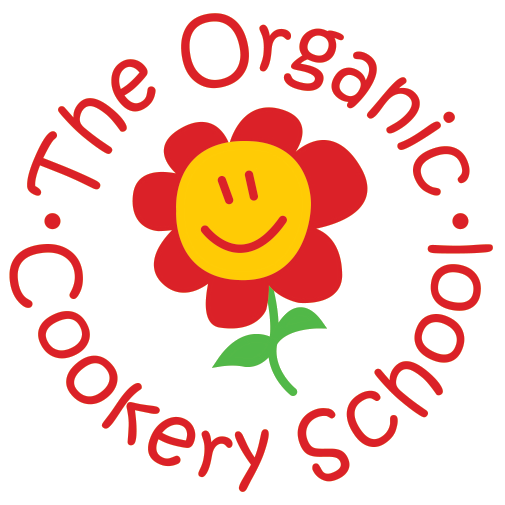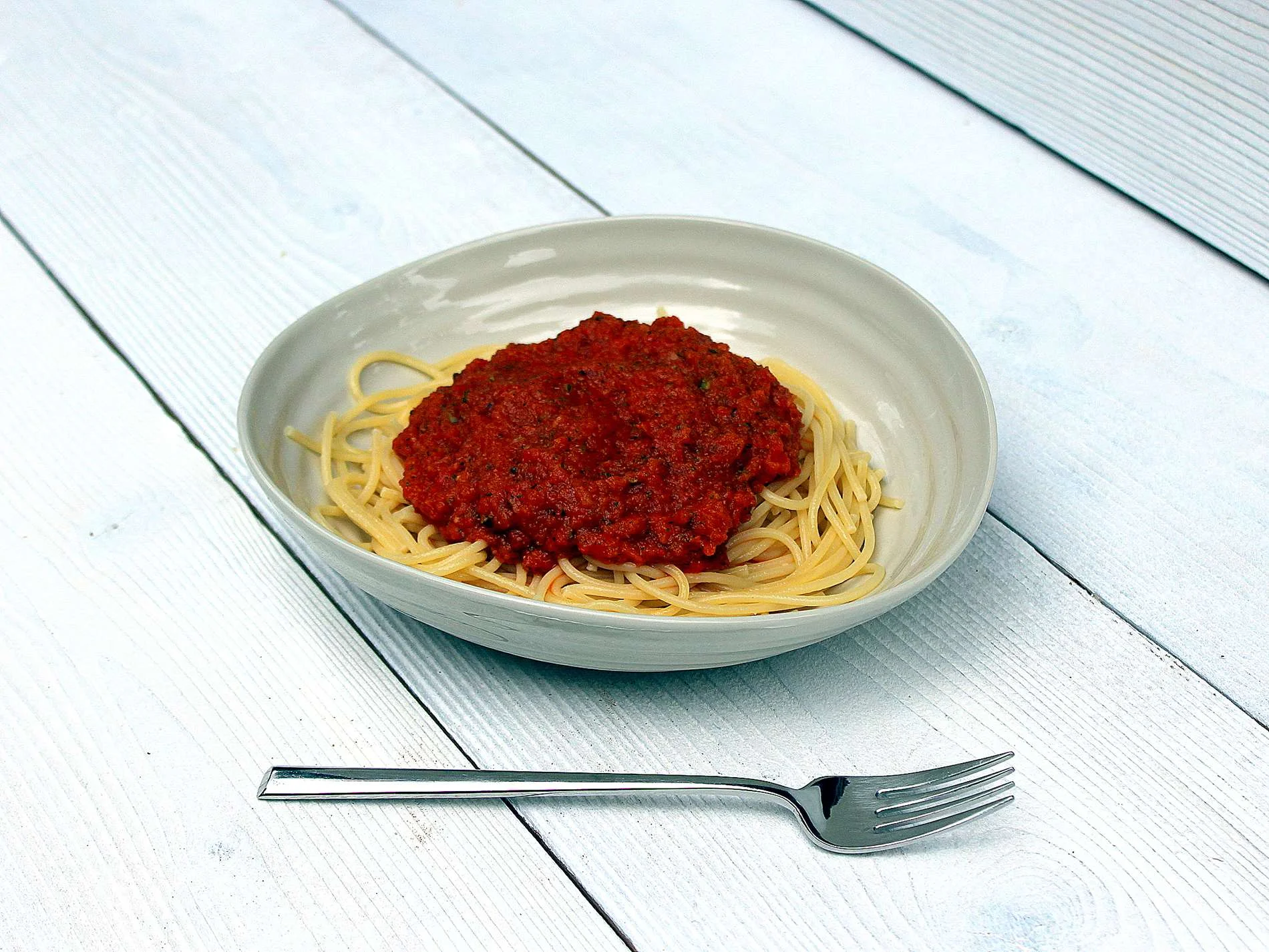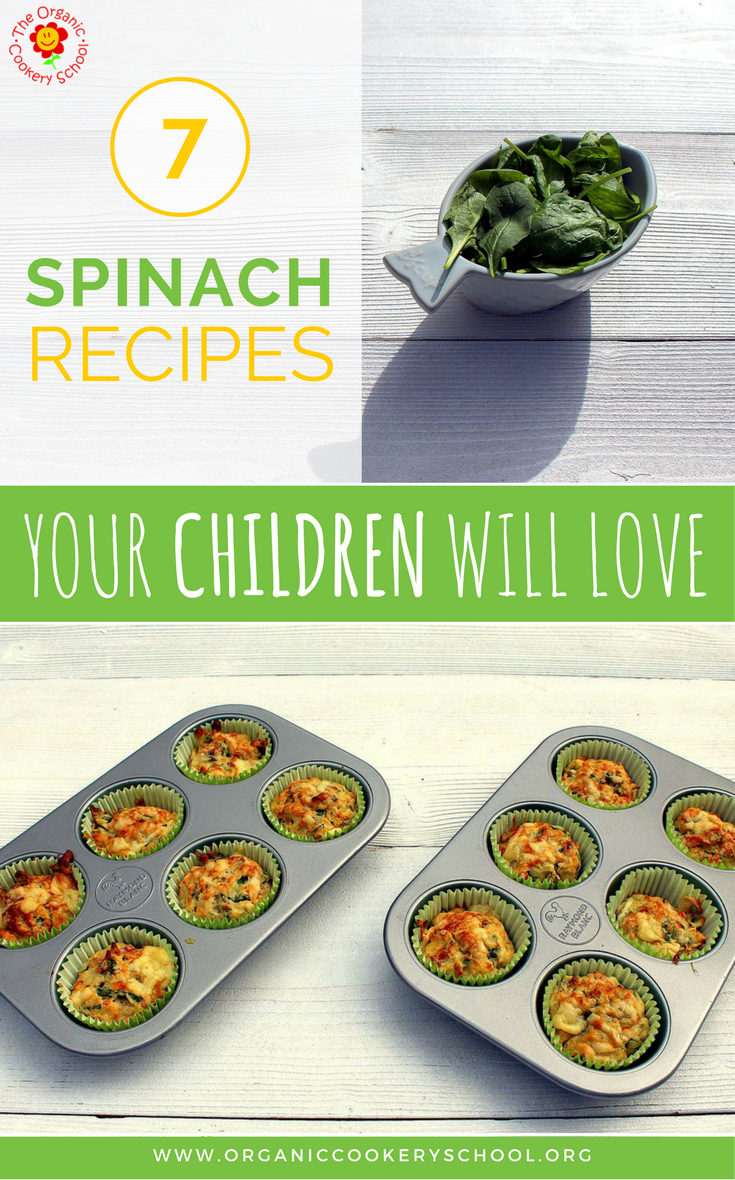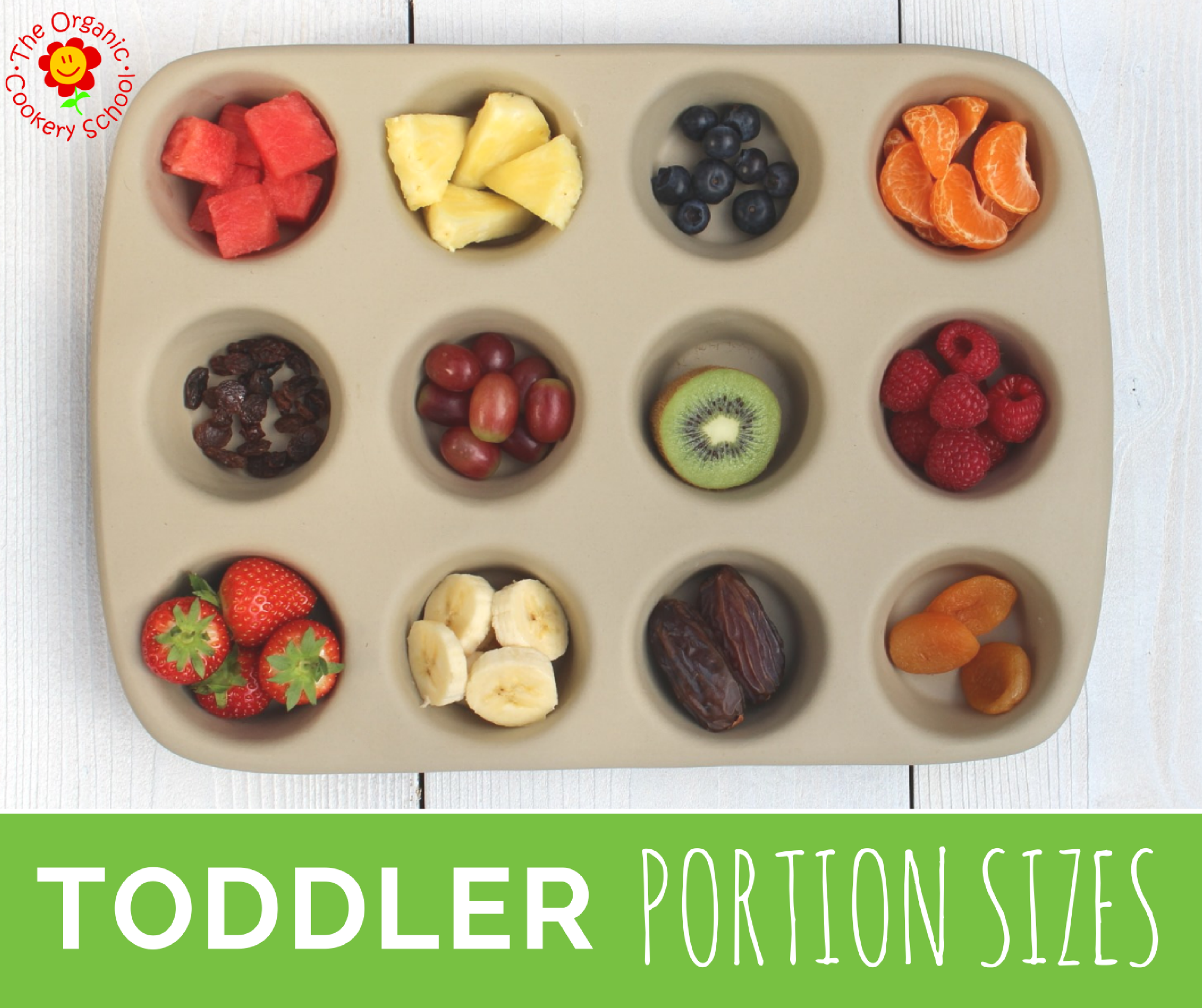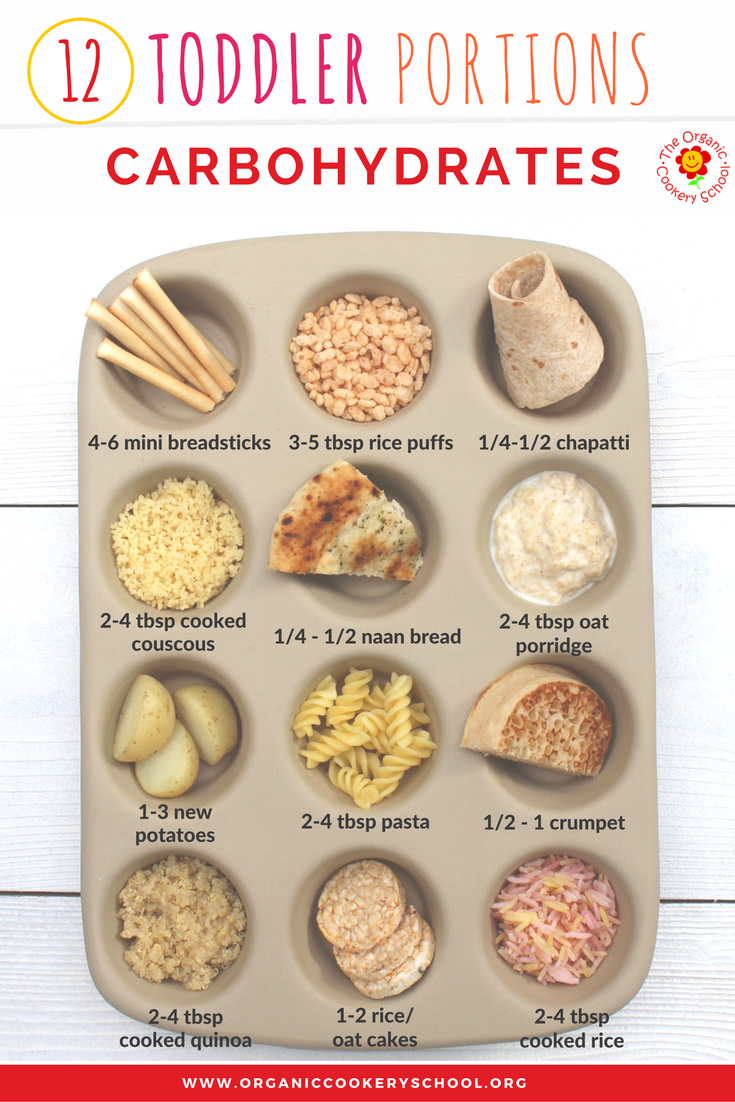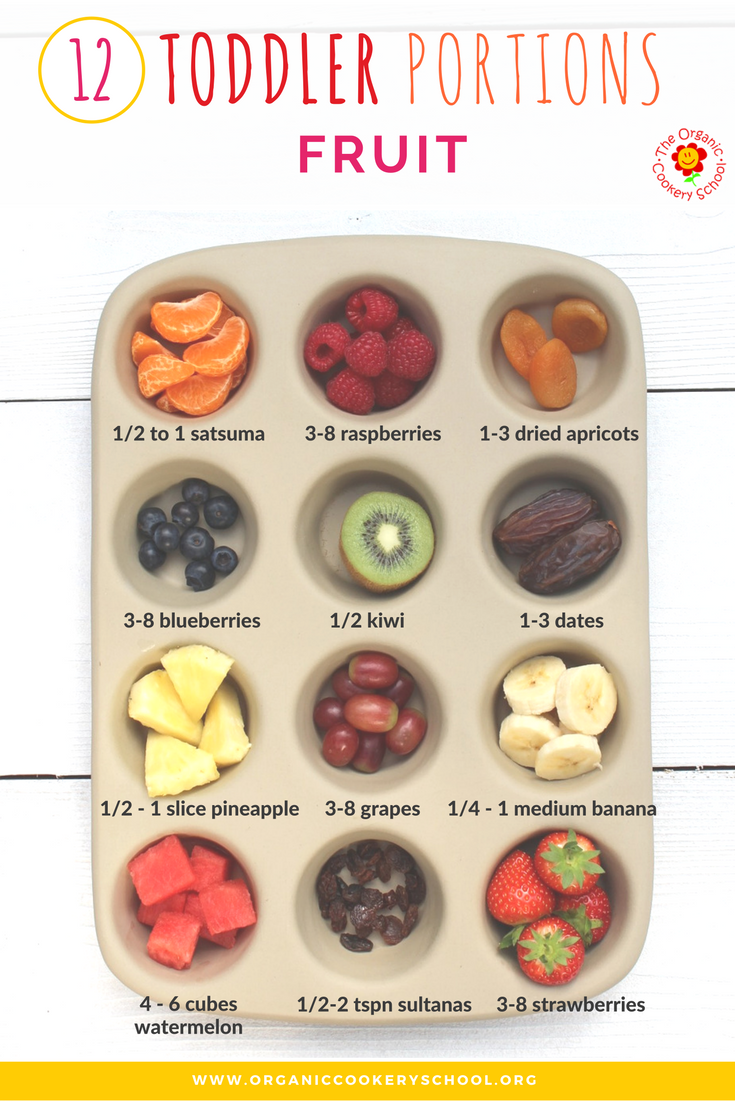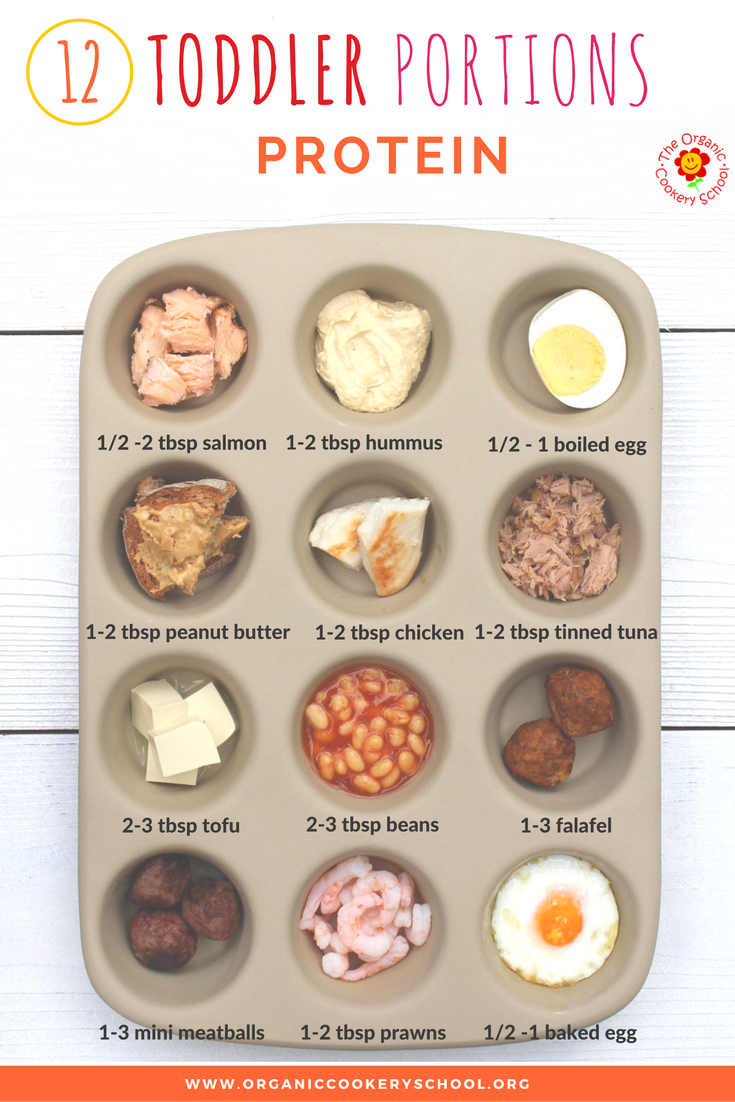to serve 2 adults or 4 children (double quantities for a bigger family)
Another toddler friendly veggie smuggling dish – get your kids grating the courgettes and squeezing out the excess water, and throw in some cooked new potatoes for a substantial veggie side. Perfect for BBQs or summer lunches, just double or triple the quantities to feed a family.
Try something different:
- Swap sweetcorn for peas, and add a teaspoon of chopped mint.
- Or added cooked new potatoes or cooked bacon to make a meal.
Did you know?
- Courgettes (also known as zucchini) are rich in Vitamin A and potassium. They are normally a bright dark green but can also be golden yellow.
*Percent Daily Values are based on a 2,000 calorie diet for an adult. Your daily values may be higher or lower depending on your calorie needs. Infants and Toddlers will need less calories according to their age.
Click here for advice on how many calories your child needs.
